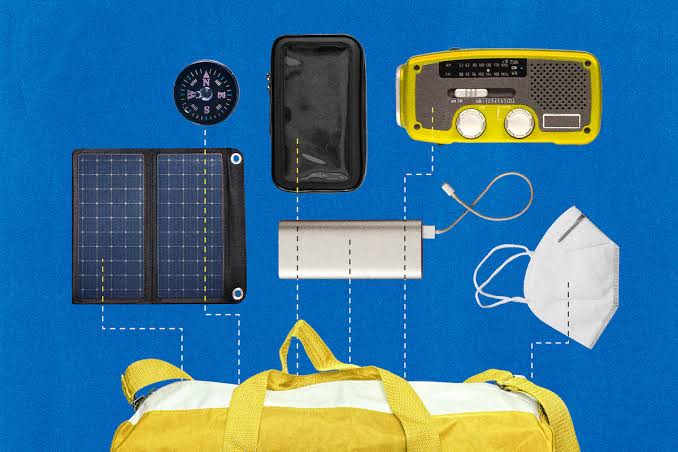The smartphone industry continues to evolve at a rapid pace, and one of the most significant areas of innovation is display technology. Manufacturers are investing heavily in creating screens that are more vibrant, energy-efficient, durable, and immersive. These upcoming advancements are expected to transform the way users interact with their devices, providing richer visual experiences and improved functionality.
The Shift Toward Higher Refresh Rates
One of the most anticipated developments is the widespread adoption of even higher refresh rates. While 120Hz displays have become common in flagship models, manufacturers are now exploring refresh rates of 144Hz and beyond. This enhancement will deliver ultra-smooth scrolling, more responsive touch input, and a superior gaming experience. Higher refresh rates also benefit augmented reality applications, making interactions feel more natural.
Introduction of MicroLED Technology
MicroLED displays are emerging as a potential game-changer in smartphone screens. They promise:
- Higher brightness levels without increasing power consumption
- Longer lifespan compared to OLED displays
- Enhanced color accuracy and contrast ratios
- Better visibility in direct sunlight
The challenge remains in mass-producing MicroLED panels at a cost-effective rate, but as manufacturing processes improve, they are expected to enter premium smartphones in the coming years.
Foldable and Rollable Screen Innovations
Foldable smartphones have already made their mark, but the next wave will see more durable folding mechanisms and seamless crease-free displays. In addition, rollable screens, which can expand or contract to adjust display size, are being tested for future devices. These flexible display technologies will allow for more versatile form factors, blending the portability of smartphones with the productivity of larger tablets.
Advancements in Under-Display Cameras
To maximize screen real estate, manufacturers are working on improving under-display camera technology. Current versions often sacrifice image quality, but future models will feature more transparent pixels, advanced light-filtering techniques, and AI-based image correction to deliver near front-facing camera performance without a visible notch or punch-hole.
Enhanced Eye Protection and Energy Efficiency
Upcoming displays will feature advanced blue light filtering and adaptive brightness control, reducing eye strain during prolonged use. At the same time, new power-efficient backlighting technologies and intelligent refresh rate adjustment will help extend battery life, especially on high-resolution panels.
Integration with Augmented and Mixed Reality
As AR and MR applications become more popular, displays will need to support ultra-low latency and high pixel density for a more immersive experience. Future smartphones may feature 4K or even 8K resolutions on smaller panels, along with advanced motion tracking capabilities, to blend virtual and real-world visuals seamlessly.
Expected User Benefits
These innovations will lead to:
- More immersive gaming and entertainment experiences
- Improved outdoor visibility and durability
- Longer battery life despite higher performance demands
- Sleeker designs with minimal bezels or interruptions
- Greater versatility in device use cases through foldable and rollable designs
The Road Ahead
The future of smartphone displays will be shaped by a balance between innovation, cost, and consumer demand. While some of these technologies may first appear in premium devices, they are likely to become mainstream over time, just as OLED and high refresh rates have. With manufacturers competing to stand out, users can expect their next smartphones to deliver a level of visual quality and interactivity far beyond what is available today.




Good